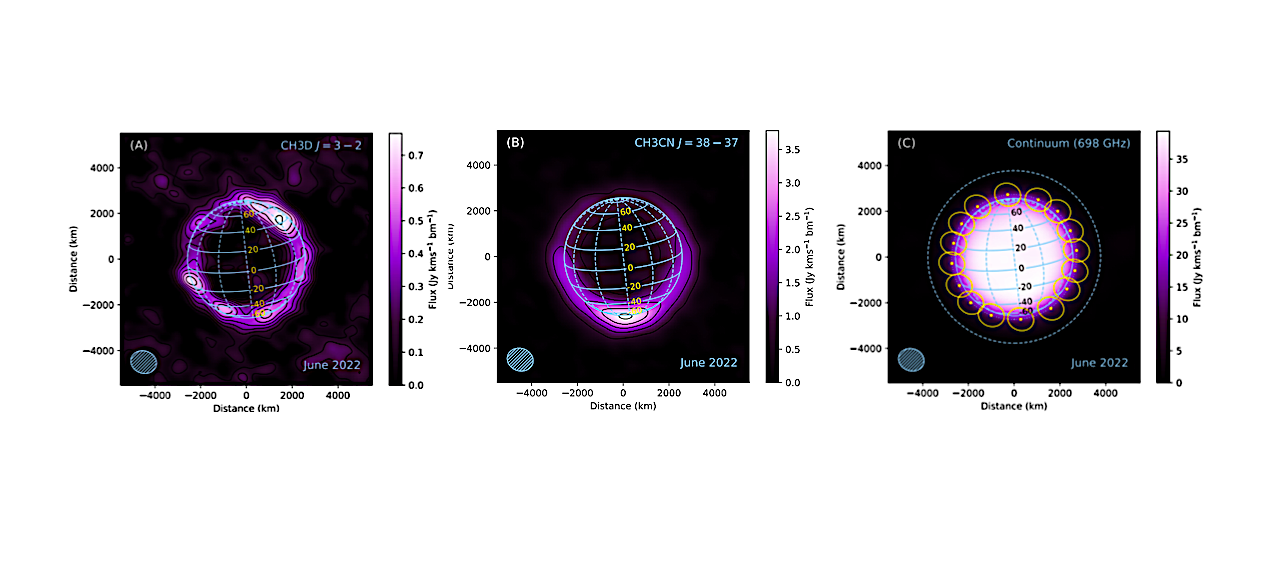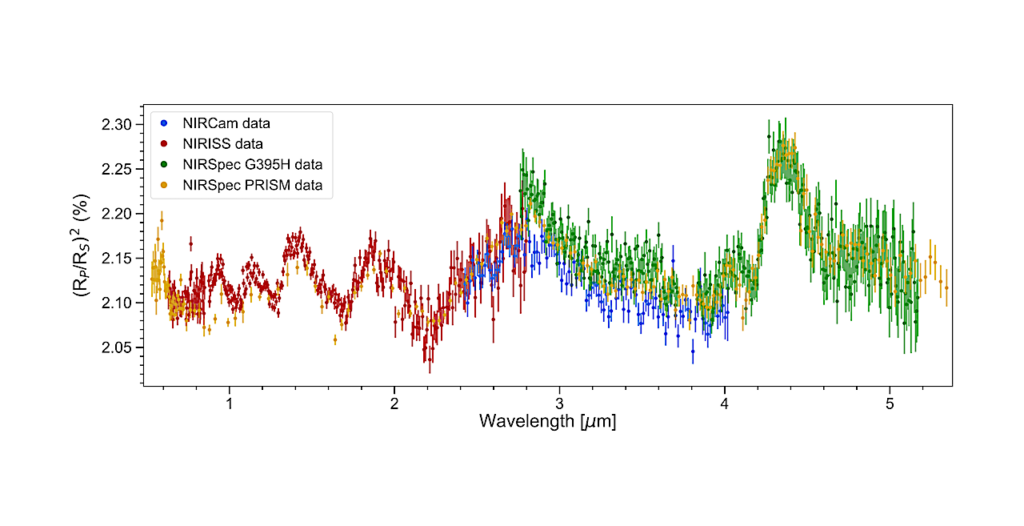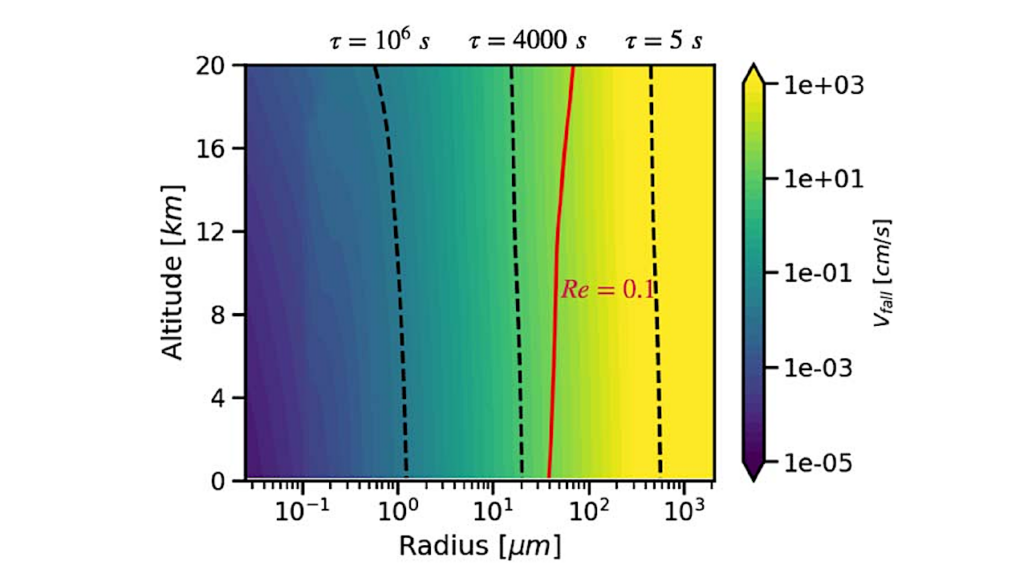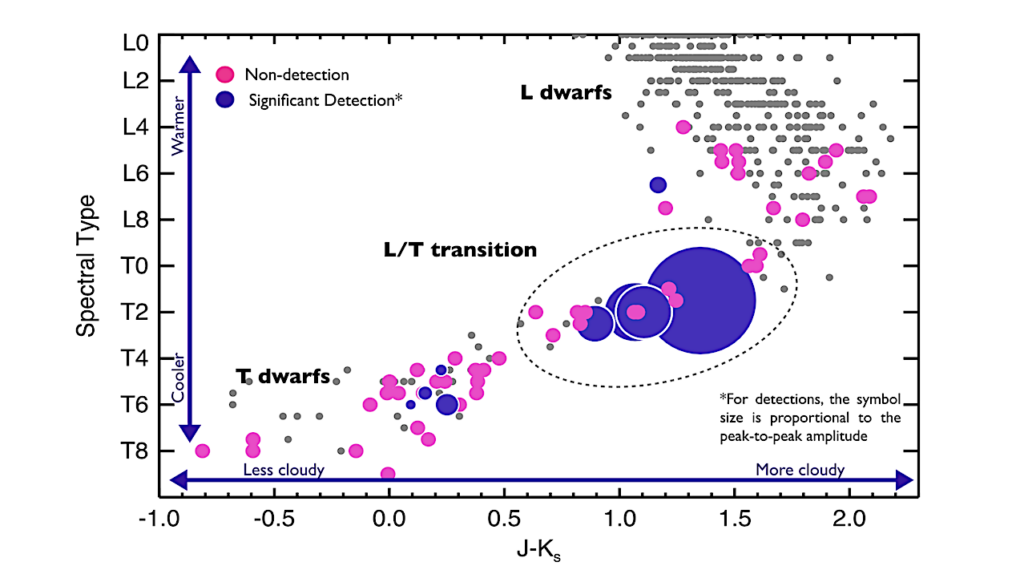Observations of Titan’s Stratosphere During Northern Summer: Temperatures, CH3CN and CH3D Abundances

Titan’s atmospheric composition and dynamical state have previously been studied over numerous epochs by both ground- and space-based facilities.
However, stratospheric measurements remain sparse during Titan’s northern summer and fall. The lack of seasonal symmetry in observations of Titan’s temperature field and chemical abundances raises questions about the nature of the middle atmosphere’s meridional circulation and evolution over Titan’s 29-yr seasonal cycle that can only be answered through long-term monitoring campaigns.
Here, we present maps of Titan’s stratospheric temperature, acetonitrile (or methyl cyanide; CH3CN), and monodeuterated methane (CH3D) abundances following Titan’s northern summer solstice obtained with Band 9 (∼0.43 mm) ALMA observations. We find that increasing temperatures towards high-southern latitudes, currently in winter, resemble those observed during Titan’s northern winter by the Cassini mission. Acetonitrile abundances have changed significantly since previous (sub)millimeter observations, and we find that the species is now highly concentrated at high-southern latitudes.
The stratospheric CH3D content is found to range between 4-8 ppm in these observations, and we infer the CH4 abundance to vary between ∼0.9−1.6% through conversion with previously measured D/H values. A global value of CH4=1.15% was retrieved, lending further evidence to the temporal and spatial variability of Titan’s stratospheric methane when compared with previous measurements. Additional observations are required to determine the cause and magnitude of stratospheric enhancements in methane during these poorly understood seasons on Titan.
Alexander E. Thelen, Conor A. Nixon, Martin A. Cordiner, Emmanuel Lellouch, Sandrine Vinatier, Nicholas A. Teanby, Bryan Butler, Steven B. Charnley, Richard G. Cosentino, Katherine de Kleer, Patrick G.J. Irwin, Mark A. Gurwell, Zbigniew Kisiel, Raphael Moreno
Comments: Accepted for publication in the Planetary Science Journal. 9 Figures, 1 table
Subjects: Earth and Planetary Astrophysics (astro-ph.EP)
Cite as: arXiv:2405.02535 [astro-ph.EP] (or arXiv:2405.02535v1 [astro-ph.EP] for this version)
Submission history
From: Alexander Thelen
[v1] Sat, 4 May 2024 01:36:48 UTC (838 KB)
https://arxiv.org/abs/2405.02535
Astrobiology,








